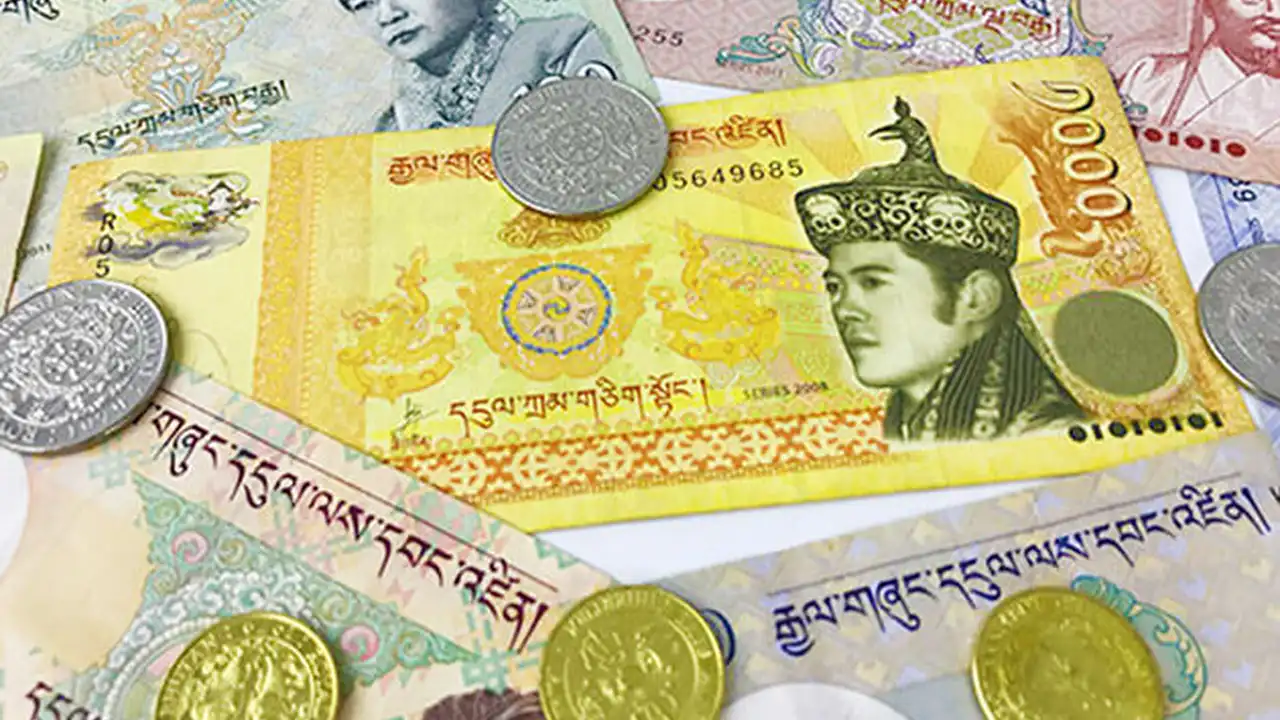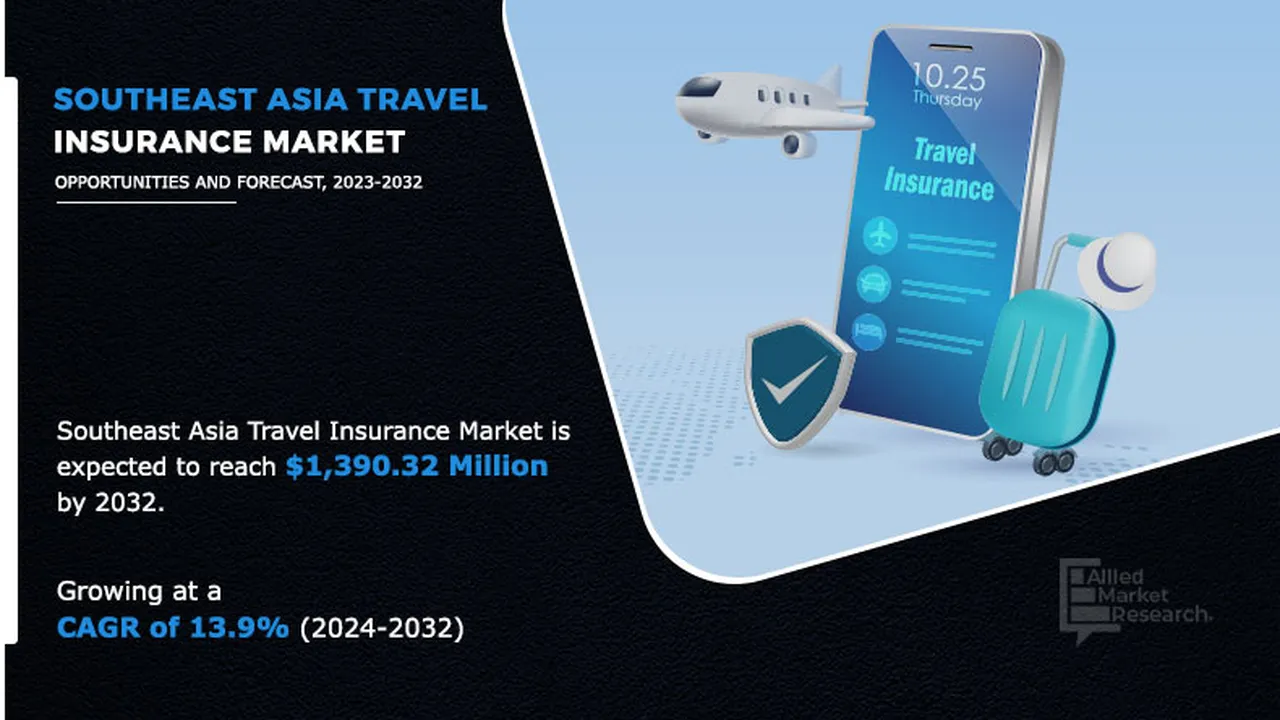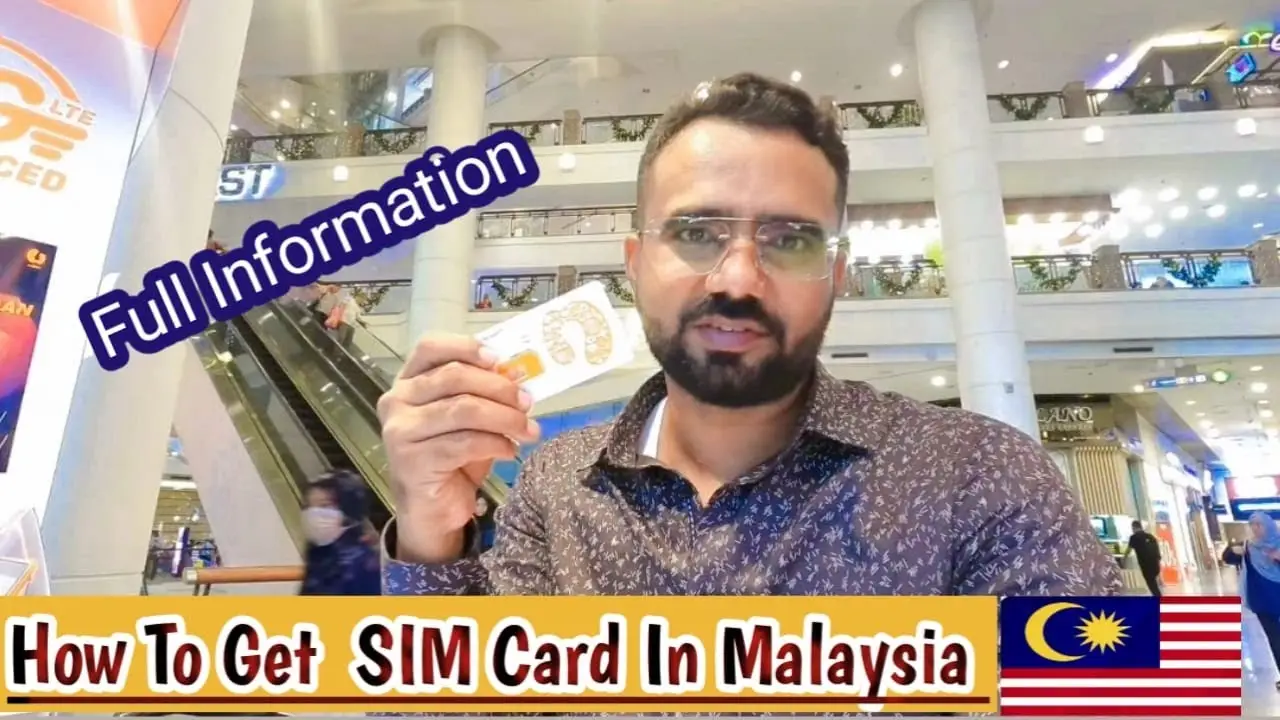Southeast Asia: How to Exchange Currency

Understanding Currency Exchange in Southeast Asia Travel Tips
So, you're heading to Southeast Asia! Awesome choice. Picture this: bustling markets, stunning beaches, and incredible food. But before you get lost in the magic, let's talk money – specifically, exchanging currency. It's a crucial part of any trip, and knowing the ropes can save you time, money, and a whole lot of headaches. This guide will break down everything you need to know about exchanging currency in Southeast Asia, from pre-trip planning to on-the-ground strategies.
Pre-Trip Currency Preparation Planning Ahead for Southeast Asia
Okay, first things first. Don't wait until you land in Southeast Asia to start thinking about money. A little pre-planning goes a long way. Here's what you need to do:
Research Exchange Rates Current Exchange Rate Trends
Before you even pack your bags, get familiar with the exchange rates between your home currency and the currencies used in the countries you'll be visiting. Southeast Asia is diverse, so you'll likely be dealing with multiple currencies. Websites like Google Finance, XE.com, and OANDA provide up-to-date exchange rates. Keep an eye on the trends – are the rates fluctuating wildly, or are they relatively stable? This knowledge will help you decide when and where to exchange your money.
Notify Your Bank Travel Notifications and International Fees
This is a big one! Let your bank and credit card companies know that you'll be traveling internationally. Otherwise, they might flag your transactions as suspicious and block your cards. Nobody wants to be stranded without access to their funds. While you’re at it, inquire about international transaction fees and ATM withdrawal fees. These fees can add up quickly, so it's good to be aware of them.
Consider Ordering Some Local Currency Pre-Departure Currency Exchange Options
It's always a good idea to have a small amount of local currency on hand when you arrive. This will allow you to pay for transportation from the airport, grab a quick snack, or tip someone if necessary. You can order currency from your bank or a foreign exchange service before you leave. Keep in mind that you'll likely get a better exchange rate in Southeast Asia, but having a little cash on arrival provides peace of mind.
On-the-Ground Currency Exchange Best Exchange Practices in Southeast Asia
Alright, you've arrived in Southeast Asia! Now it's time to put your currency exchange skills to the test. Here's what you need to know:
Where to Exchange Currency Banks Exchange Booths and ATMs
You have several options for exchanging currency in Southeast Asia:
- Banks: Banks generally offer fair exchange rates, but they may have long lines and limited hours.
- Exchange Booths: These are ubiquitous in tourist areas, airports, and shopping malls. They often offer competitive rates, but it's essential to compare rates between different booths. Look for booths with clear signage displaying the exchange rates.
- ATMs: ATMs are a convenient way to withdraw local currency, but be mindful of fees. Check with your bank about international ATM fees before you travel. Also, be aware of any ATM fees charged by the local bank.
Avoiding Scams Common Currency Exchange Scams and How to Avoid Them
Unfortunately, currency exchange scams are not uncommon in Southeast Asia. Here are a few things to watch out for:
- Hidden Fees: Some exchange booths may advertise attractive exchange rates but then charge hidden fees. Always ask about all fees before you exchange your money.
- Counterfeit Money: Be wary of exchanging money in unofficial locations or with individuals offering extremely favorable rates. They may be trying to pass off counterfeit money.
- Miscounting: Always count your money carefully before leaving the exchange booth. Some unscrupulous exchangers may try to shortchange you.
To avoid scams, stick to reputable banks and exchange booths. Always count your money carefully, and be wary of deals that seem too good to be true.
Negotiating Exchange Rates Haggling for Better Rates
In some cases, you may be able to negotiate the exchange rate, especially at smaller exchange booths. Don't be afraid to ask if they can offer a better rate. It's often helpful to compare rates at several different booths before you start negotiating. A little friendly haggling can save you a few dollars.
Using Credit Cards Credit Card Usage and Fees
Credit cards are widely accepted in larger establishments, such as hotels, restaurants, and shopping malls. However, smaller businesses and street vendors may only accept cash. Be aware of international transaction fees and currency conversion fees charged by your credit card company. Also, inform your bank of your travel dates to avoid having your card blocked.
Digital Wallets and Payment Apps Using Digital Payment Methods
Digital wallets like GrabPay (popular in Southeast Asia), Alipay, and WeChat Pay are becoming increasingly common, especially in urban areas. If you plan to use these payment methods, make sure you set them up before you travel and link them to a funding source. While convenient, they may not be accepted everywhere.
Specific Product Recommendations for Currency Management in Southeast Asia
Let's dive into some concrete product recommendations to help you manage your currency exchange effectively:
Travel Wallets with RFID Blocking Security Wallets
Product: Pacsafe RFIDsafe V100 Compact Organizer
Usage Scenario: Keeping your passport, credit cards, and cash secure while navigating crowded markets or public transportation. The RFID blocking technology protects your cards from electronic theft.
Comparison: Compared to a regular wallet, the Pacsafe offers added security features. Cheaper options might lack RFID protection or be less durable.
Price: Around $30 - $40.
Money Belts Discreet Money Storage
Product: Peak Gear Money Belt with RFID Blocking
Usage Scenario: Discreetly carrying a large sum of cash under your clothing, especially useful in areas with high pickpocketing rates. The belt is lightweight and comfortable to wear.
Comparison: Unlike bulky money belts, the Peak Gear is slim and discreet. Some cheaper versions might be uncomfortable or easily detectable.
Price: Around $20 - $30.
Travel Credit Cards with No Foreign Transaction Fees Credit Card Options
Product: Capital One Venture Rewards Credit Card
Usage Scenario: Using your credit card for purchases without incurring foreign transaction fees. This card also offers travel rewards and insurance benefits.
Comparison: Compared to cards with foreign transaction fees (typically 3%), this card saves you money on every purchase. Other travel cards might offer different rewards programs.
Price: Annual fee of around $95 (but often waived for the first year).
Currency Exchange Apps Exchange Rate Tracking
Product: XE Currency Converter
Usage Scenario: Tracking exchange rates in real-time and converting currencies on the go. The app is user-friendly and provides historical exchange rate data.
Comparison: Compared to other currency converter apps, XE is known for its accuracy and reliability. Some free apps might contain ads or have limited features.
Price: Free (with ads) or a premium version for around $5 per month (ad-free).
Travel Adapter with USB Ports Charging Electronics
Product: BESTEK Universal Travel Adapter
Usage Scenario: Charging your electronic devices in different countries with varying plug types. This adapter supports multiple plug types and has USB ports for charging phones and tablets.
Comparison: Compared to individual plug adapters, this universal adapter is more convenient and saves space. Cheaper adapters might not be compatible with all plug types or lack safety features.
Price: Around $20 - $30.
Currency Specifics by Country Southeast Asia Currency Guide
Here's a quick rundown of the currencies you'll encounter in some popular Southeast Asian destinations:
- Thailand: Thai Baht (THB)
- Vietnam: Vietnamese Dong (VND)
- Indonesia: Indonesian Rupiah (IDR)
- Malaysia: Malaysian Ringgit (MYR)
- Singapore: Singapore Dollar (SGD)
- Philippines: Philippine Peso (PHP)
- Cambodia: Cambodian Riel (KHR) and US Dollar (USD) - USD is widely accepted.
- Laos: Lao Kip (LAK)
- Myanmar: Burmese Kyat (MMK)
Knowing the local currency and approximate exchange rate will help you avoid overpaying for goods and services.
Final Thoughts Currency Exchange Best Practices
Exchanging currency in Southeast Asia doesn't have to be a stressful experience. With a little planning and awareness, you can ensure that you get a fair exchange rate and avoid scams. Remember to research exchange rates before you go, notify your bank of your travel plans, and stick to reputable exchange locations. Happy travels!
:max_bytes(150000):strip_icc()/277019-baked-pork-chops-with-cream-of-mushroom-soup-DDMFS-beauty-4x3-BG-7505-5762b731cf30447d9cbbbbbf387beafa.jpg)






